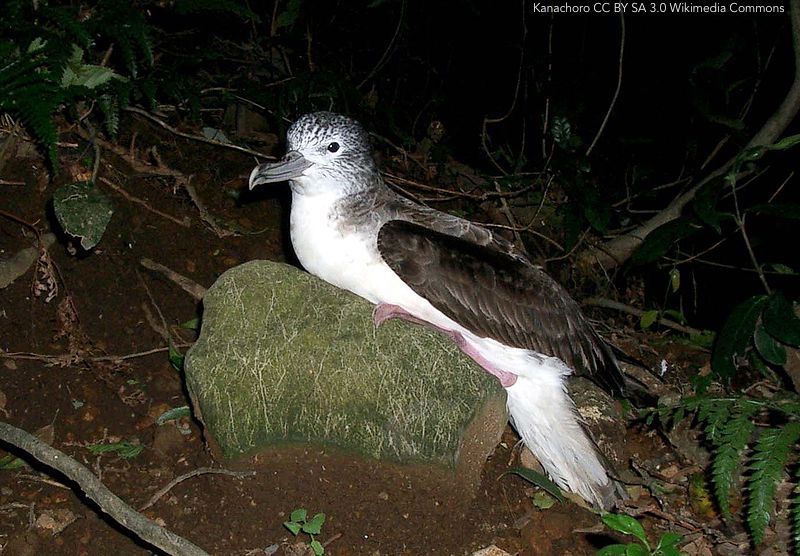
Annette Fayet (Department of Zoology, University of Oxford, UK) and colleagues have published in the journal Ornithological Science on aspects of the breeding biology of the Streaked Shearwater Calonectris leucomelas.
The paper’s abstract follows:
“To identify drivers of local variation in breeding success in colonial seabirds, we studied the role of breeding phenology and parental quality on the breeding performance of two neighbouring subcolonies of Streaked Shearwaters Calonectris leucomelas, with similar habitat but different success. Egg dimension and parental quality during incubation, but not phenology, predicted hatching success. Birds at the low-success colony laid smaller eggs, reared smaller chicks and neglected eggs more frequently, leaving them vulnerable to predation. Our findings suggest that local variation in breeding performance in this species arises from differences in breeding quality, perhaps driven by age or experience.”
Reference:
Fayet, A.L., Shirai, M., Matsumoto, S., Van Tatenhove, A., Yoda, K. & Shoji, A. 2019. Differences in breeding success between neighbouring Streaked Shearwater subcolonies correlate with egg size and quality of parental care. Ornithological Science 218: 189-195.
John Cooper, ACAP Information Officer, 15 February 2020

 English
English  Français
Français  Español
Español